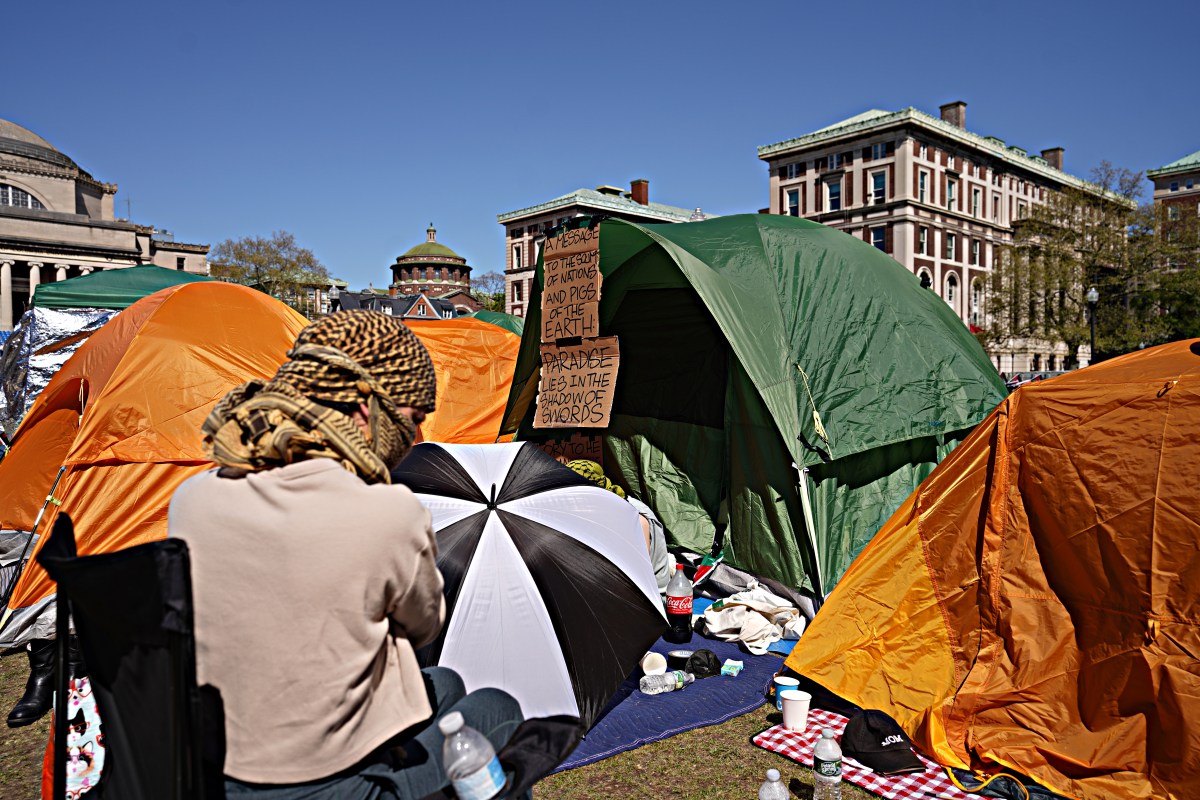Aside from lounging on a beach sucking a mojitio and doing absolutely nothing, perhaps the greatest thing about travelling is the chance to see human history up close.
There’s something both fantastically exciting and colossally humbling about reaching out to touch a monument of a long dead civilization that thought itself invincible. It makes you put down your celebrity magazine for a moment and think.
Fortunately if there’s one thing the planet isn’t short on, it’s long-dead civilizations who thought themselves invincible. It’s humanity’s specialist subject.
Here’s Metro Travel’s Top five must visit historical monuments:
1. Great Wall of China
Rightly one of the Seven Wonders of the World —it’s impossible to convey how massive the wall is. Even in the 21st century, no one would consider walling off an entire nation, but the Ming dynasty in fifth century BC. China apparently thought nothing of stopping marauding hordes of Xiongnu with 8,800 kilometres of bricks and mortar. Crumbling in some places, jaw-dropping in others.
2. The Pyramids
It’s impossible to enter the chambers of the Great Pyramid at Giza and not feel spooked, awed and transported to another time. Even 5,000 years on, these structures have an other-worldliness to them like no other monument on the planet. Of course, the whole country has an embarrassment of riches — they knew how to build stuff in ancient Egypt.
3. The Parthenon
Athens can be a bit nasty, but The Parthenon stands elegantly, majestically aloof from the smog and madness of downtown. Built by Pericles in the mid-fifth century BC as a Doric temple to the goddess Athena, it is really the birthplace of democracy. Of course you’ll have to go to the British Museum in London to see the best marble friezes.
4. Machu Picchu
The fabled Lost City of the Incas was built in 1462 AD and abandoned only a hundred years later, which saved it from plunder and destruction at the hands of Spanish conquistadors who genuinely had no idea where to find it. It was only rediscovered in 1911 and even now stumbling across it after a four-day trek is magical.
5. Angkor Wat
This 12th-century temple which was built by King Suryavarman II to act as his state temple and capital city has become a de facto symbol of Cambodia. Historians will tell you it’s a superb example of Khmer architecture, but what it actually is is truly beautiful. Unique in that it is the only temple oriented towards the west.















